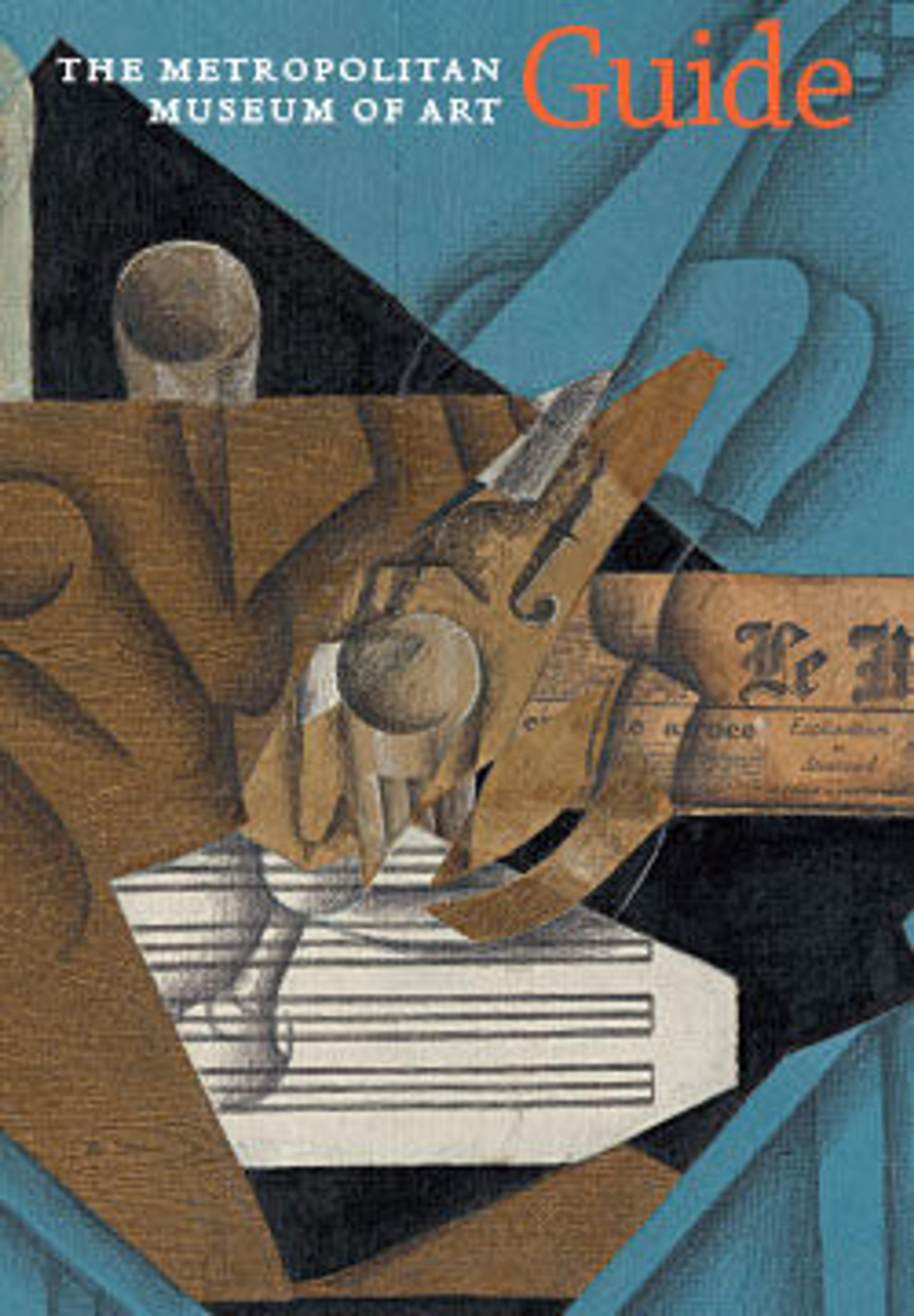English
Still Life with Jar, Cup, and Apples
In addition to apples—a favorite motif of Cézanne’s—the ceramic jar and cup seen in this still life feature in numerous paintings by the artist. The wallpaper in the background appears in six works that he painted about 1877, when he rented an apartment at 67 rue de l’Ouest, Paris. Its pattern is echoed both by the shape of the white cloth on which the everyday items are arranged and by the painted floral decoration on the front of the wooden chest.
Artwork Details
- Title:Still Life with Jar, Cup, and Apples
- Artist:Paul Cézanne (French, Aix-en-Provence 1839–1906 Aix-en-Provence)
- Date:ca. 1877
- Medium:Oil on canvas
- Dimensions:23 7/8 x 29 in. (60.6 x 73.7 cm)
- Classification:Paintings
- Credit Line:H. O. Havemeyer Collection, Bequest of Mrs. H. O. Havemeyer, 1929
- Object Number:29.100.66
- Curatorial Department: European Paintings
More Artwork
Research Resources
The Met provides unparalleled resources for research and welcomes an international community of students and scholars. The Met's Open Access API is where creators and researchers can connect to the The Met collection. Open Access data and public domain images are available for unrestricted commercial and noncommercial use without permission or fee.
To request images under copyright and other restrictions, please use this Image Request form.
Feedback
We continue to research and examine historical and cultural context for objects in The Met collection. If you have comments or questions about this object record, please contact us using the form below. The Museum looks forward to receiving your comments.
